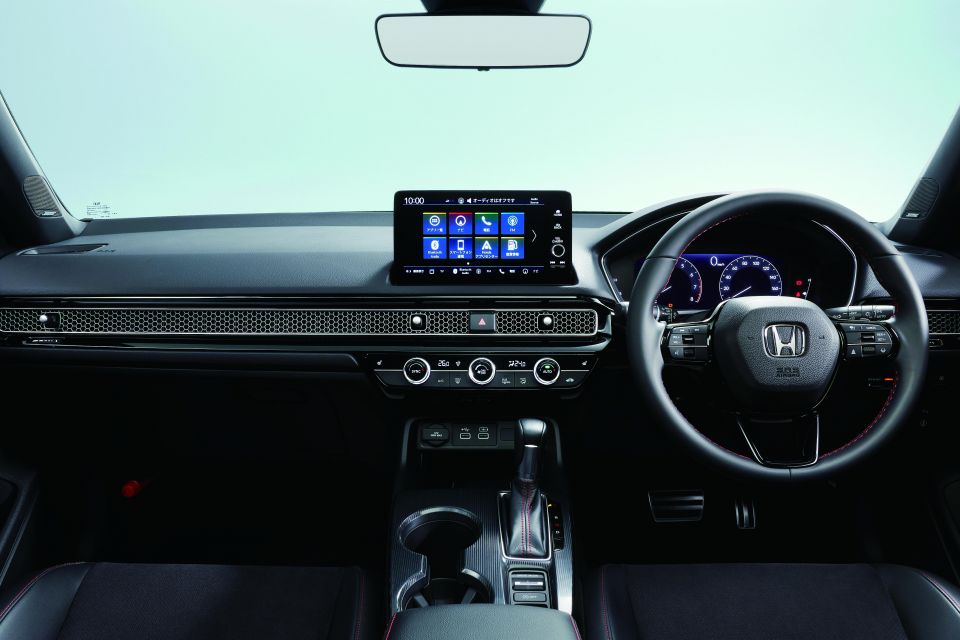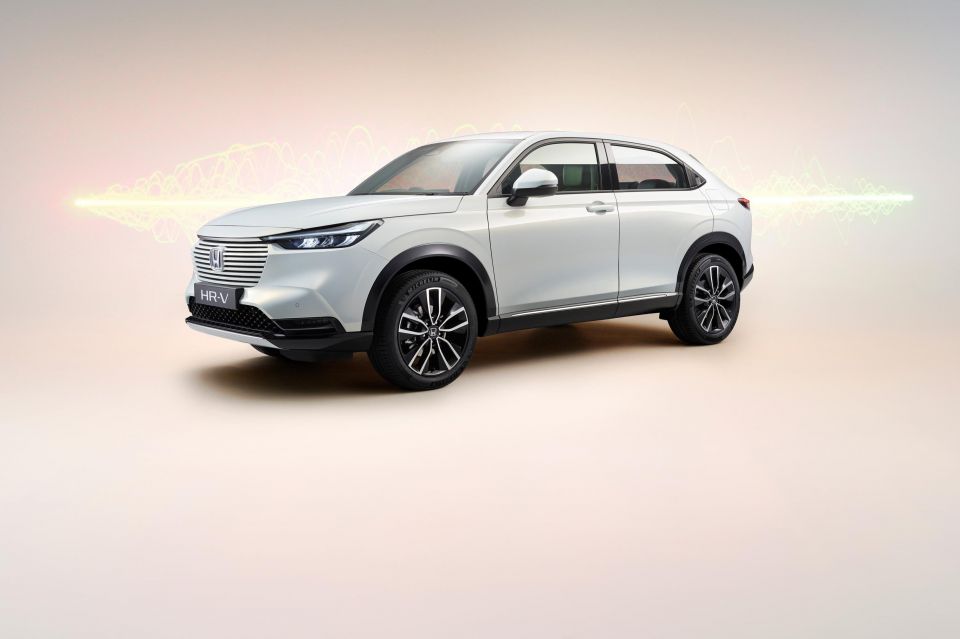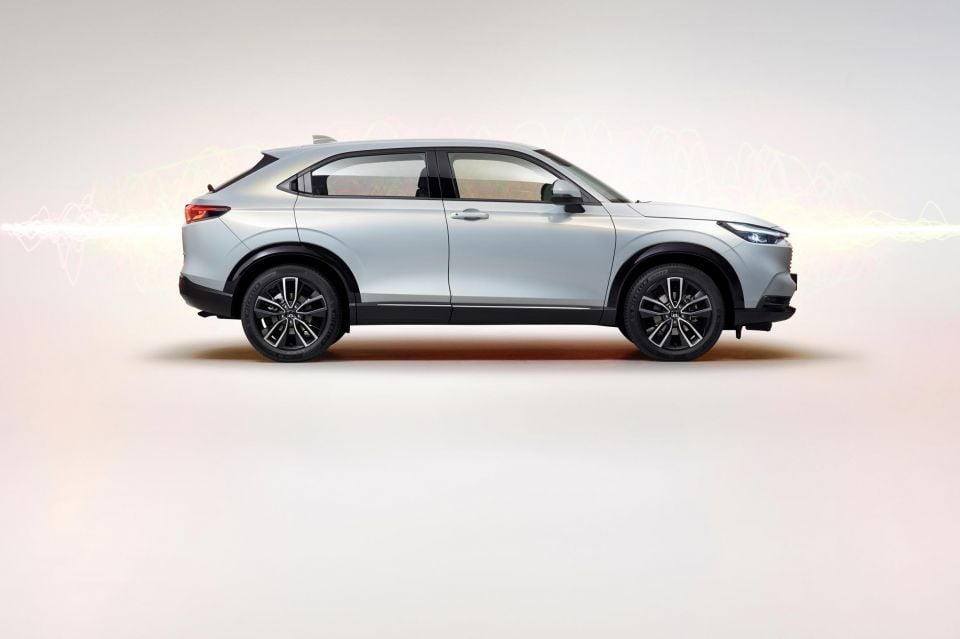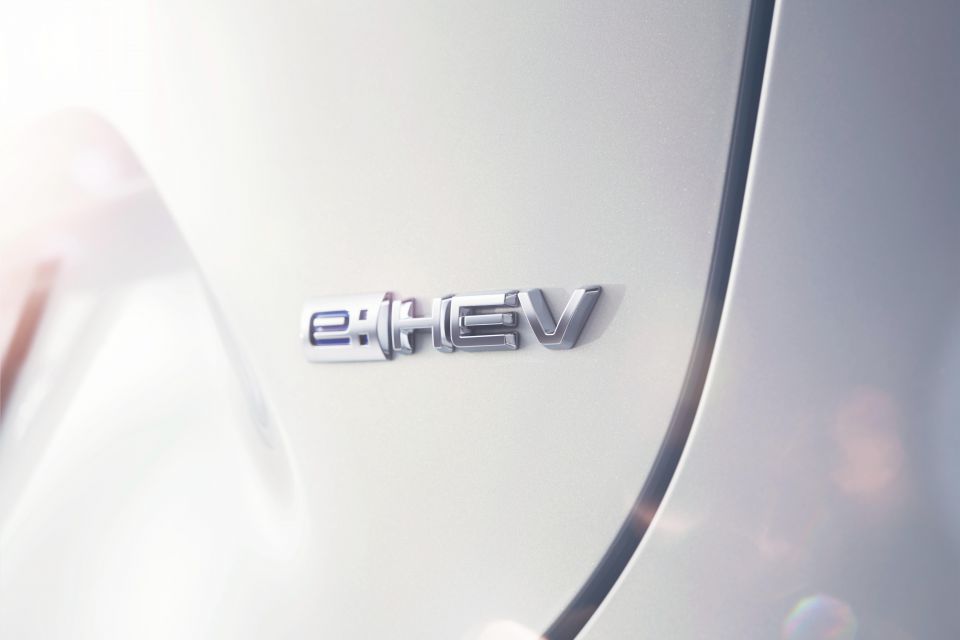

Damion Smy
Boxy new KGM Musso unveiled to take on HiLux and Ranger ahead of Australian launch
10 Hours Ago

Senior Contributor
Honda Australia will source new-generation petrol and hybrid versions of the Civic and HR-V from Japan, rather than Thailand as it did with the old models.
The company says its focus on high-specification grades rather than volume-driving entry variants makes the Japanese models the right choice in terms of the technologies they offer this time around.
Furthermore, by widening its sources of vehicles the company’s local division potentially smooths out the impacts of currency fluctuations with the Australian dollar.

While highly automated car plants are to large degrees homogeneous regardless of geography, there are no doubt some devotees of the brand who will welcome this sourcing shift.
Honda has for some time now sourced its core vehicles from Thailand – Odyssey (Japan) and Civic Type-R (UK) excepted.
Honda Australia director Stephen Collins reiterated today that its new ‘agency’ business model – under which it owns its inventory, has fixed pricing, and plans to sell fewer cars at higher margins – opened the door to a change in tactics.

“A number of new models will come from Japan, not Thailand. That opens up a few doors in terms of some of the European spec and tech,” Mr Collins told us, in the context of future products such as electric cars which remain a few years away.
When asked if a similar strategy would apply to Civic and HR-V, two of the brand’s core products alongside the still Thai-made CR-V, Mr Collins replied in the affirmative.
“We will still source some product from Thailand, we’re definitely not abandoning Thailand, but the whole strategy about right-sizing volume for us at that 20,000 [annual] mark, and our focus on mid- to high-spec… particularly in terms of the tech that’s available to us, it makes sense to be sourcing from there,” he said.

“On the other side of the equation, on the business side, it gives us more flexibility. Putting all your eggs in one basket with the Aussie dollar, which bounces around a lot, causes some business issues, so having more diverse sourcing helps smooth that out over the long term.
“The primary driver is where we can get the best product from,” he finished.
As reported previously the new 11th-generation Civic will only be sold here as a hatchback, with 1.5-litre turbocharged petrol models in the fourth quarter of 2021, and the new e:HEV hybrid following a few months later to rival the petrol-electric Toyota Corolla.

The new HR-V small SUV will arrive in the first half of 2022, and likewise will probably be staggered with petrol first and hybrid second.
“We would always want, where we can, to launch simultaneously… or as closely as possible. But with global supply chain issues it’s sometimes a moving target,” conceded Mr Collins.
The HR-V e:HEV hybrid pairs a 1.5-litre petrol engine and two electric motors for total outputs of 96kW and 253Nm. Like a Toyota hybrid, the Honda system can drive using electric motors at low speeds, the petrol engine, or a combination of the two.

Claimed fuel economy is 5.4L/100km on the WLTP test cycle, and the e:HEV hits 100km/h in 10.6 seconds. The Toyota C-HR’s hybrid system uses a claimed 4.8L/100km on the WLTP test, for reference.
It’s expected the Civic e-HEV will use the same drivetrain.
Mr Collins also again confirmed the brand was committed to selling the next-generation Civic Type R hot hatch, which will this time come from Japan too, since the Swindon UK plant has now been closed.
Where expert car reviews meet expert car buying – CarExpert gives you trusted advice, personalised service and real savings on your next new car.


Damion Smy
10 Hours Ago


Damion Smy
11 Hours Ago


Damion Smy
13 Hours Ago


Damion Smy
14 Hours Ago


Damion Smy
16 Hours Ago


Damion Smy
17 Hours Ago